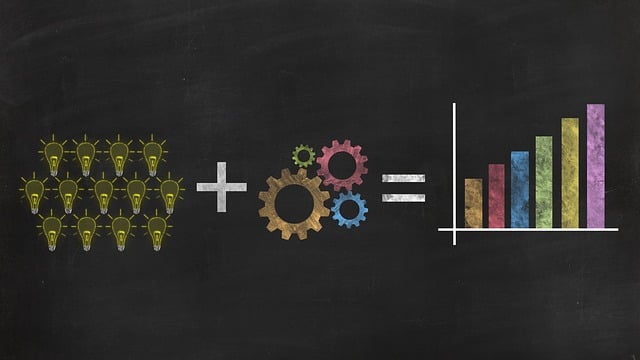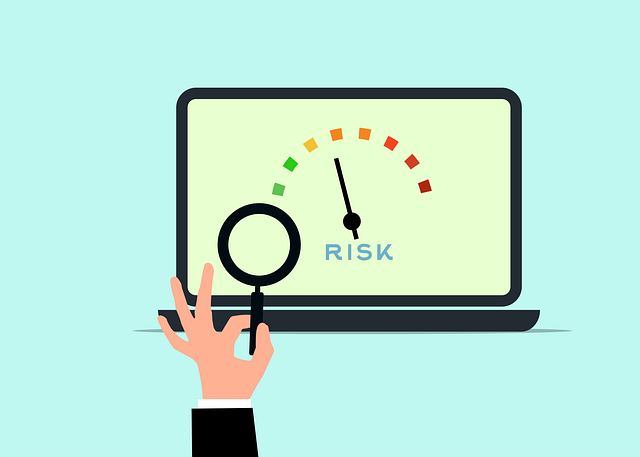The 5S Methodology is a Japanese lean manufacturing approach consisting of five principles (Seiri, Seiton, Seiso, Seiketsu, Shitsuke) for organizing, standardizing, and sustaining efficient workspaces. Implementing these principles—sorting, setting in order, cleaning, standardizing, and sustaining—drives continuous improvement, enhances productivity, fosters discipline, and reduces waste. Visual Management, a key strategy within 5S, uses visual cues to standardize work areas and empower employees. A Continuous Flow approach, centered around 5S, streamlines processes, minimizes errors, and optimizes operations through regular audits. Employee engagement is crucial for successful quality improvement initiatives, fostering accountability, innovation, and inclusive workflows.
In today’s competitive landscape, successful organizations constantly seek ways to enhance quality and streamline operations. The 5S methodology emerges as a powerful tool for achieving this goal, offering a structured framework for continuous improvement. This article delves into the transformative potential of 5S, exploring each principle in detail. From understanding the foundational concepts to implementing disciplined practices, we’ll uncover how this strategy fosters a culture of organization, visual management, seamless workflow, and employee engagement, ultimately driving sustainable quality improvements.
- Understanding the 5S Methodology: A Foundation for Continuous Improvement
- Implementing the 5S Principles: Creating a Culture of Discipline and Organization
- Visual Management: Unlocking Efficiency through Standardized Workspaces
- Continuous Flow: Optimizing Processes to Eliminate Waste
- Engaging Employees: Empowering Teams for Sustainable Quality Improvement
Understanding the 5S Methodology: A Foundation for Continuous Improvement

The 5S Methodology is a powerful tool for driving quality improvement and creating a culture of continuous enhancement in any organization. This Japanese approach, often used in lean manufacturing, translates to “five principles” (in Japanese: Seiri, Seiton, Seiso, Seiketsu, Shitsuke), offering a structured framework to organize, standardize, and sustain an efficient workspace.
By implementing 5S, businesses can transform their operations into a well-oiled machine, where every step is streamlined and optimized. It encourages employees to take ownership of their work environment, fostering a sense of accountability and pride in maintaining order. This foundation of organizational excellence sets the stage for further quality enhancement initiatives, making it an essential first step in any 5s continuous improvement journey.
Implementing the 5S Principles: Creating a Culture of Discipline and Organization

Implementing the 5S principles is a powerful approach for fostering a culture of discipline and organization, driving continuous improvement within any business or manufacturing environment. This Japanese methodology focuses on sorting, setting in order, shining (cleaning), standardizing, and sustaining—a framework that transforms workplaces into efficient, safe, and visually appealing spaces. By adhering to these practices, teams can eliminate waste, improve workflow, and enhance overall productivity.
The 5S method encourages employees at all levels to take ownership of their workspace, promoting a sense of accountability. Regular sorting activities ensure that only essential tools and materials are kept, eliminating clutter and simplifying processes. Setting in order involves organizing these resources for easy accessibility, while shining emphasizes the importance of maintaining a clean and tidy environment. Standardization guarantees consistent procedures, enabling teams to work more effectively together. Ultimately, sustaining this 5S culture ensures that improvements become ingrained in the organization’s DNA, fostering an atmosphere of continuous learning and enhancement.
Visual Management: Unlocking Efficiency through Standardized Workspaces

Visual Management is a powerful tool within the 5S continuous improvement framework, transforming workspaces into efficient hubs of organized productivity. This strategy leverages the power of sight to promote immediate recognition and understanding of tasks and processes. By standardizing work areas, teams can quickly identify inefficiencies, reduce waste, and streamline operations. Visual cues, such as color-coded labels, charts, and signs, act as reminders, ensuring everyone follows established procedures consistently.
This approach fosters a culture of accountability where workers are empowered to maintain order and adhere to best practices. The result is a more streamlined workflow, minimizing errors and maximizing output. Visual Management also facilitates effective communication, enabling quick decision-making and problem-solving, ultimately driving overall organizational success.
Continuous Flow: Optimizing Processes to Eliminate Waste

In the pursuit of excellence, implementing a Continuous Flow approach is an integral part of any quality improvement strategy. This method focuses on streamlining processes to ensure every step adds value, eliminating waste and inefficiencies. By adopting the 5S continuous improvement framework—Sort, Set in Order, Shine, Standardize, and Sustain—organizations can create a structured environment that enhances productivity and reduces errors. Sort involves removing unnecessary items, Set in Order arranges work areas for optimal accessibility, Shine encourages regular cleaning for visual order, Standardize establishes consistent procedures, and Sustain ensures these practices are maintained over time.
This systematic approach not only improves operational efficiency but also fosters a culture of quality. Well-organized workspaces reduce time wasted on searching for tools or documents, enabling employees to focus more on their tasks. Regular 5S audits can identify areas for further enhancement, ensuring processes remain optimized. Moreover, continuous improvement encourages a proactive mindset where every employee contributes to refining workflows, ultimately leading to higher-quality outputs and enhanced customer satisfaction.
Engaging Employees: Empowering Teams for Sustainable Quality Improvement

Engaging employees is a cornerstone of any successful quality improvement strategy, especially when adopting practices like the 5S continuous improvement methodology. By empowering teams to take ownership of quality initiatives, organizations foster a culture of accountability and innovation. This approach encourages workers at all levels to actively participate in identifying issues, implementing solutions, and continuously seeking enhancements. When employees feel valued and invested in the process, they are more likely to maintain focus on quality standards over time.
Teams that embrace 5S continuous improvement become facilitators of change within their operations. They learn to streamline workflows, organize work areas, and standardise processes—all of which contribute to sustained quality improvements. Through regular meetings, peer-to-peer training, and open communication channels, team members share insights, best practices, and concerns openly. This collaborative environment ensures that quality improvement efforts are inclusive, relevant, and adaptable to the evolving needs of the organization.
